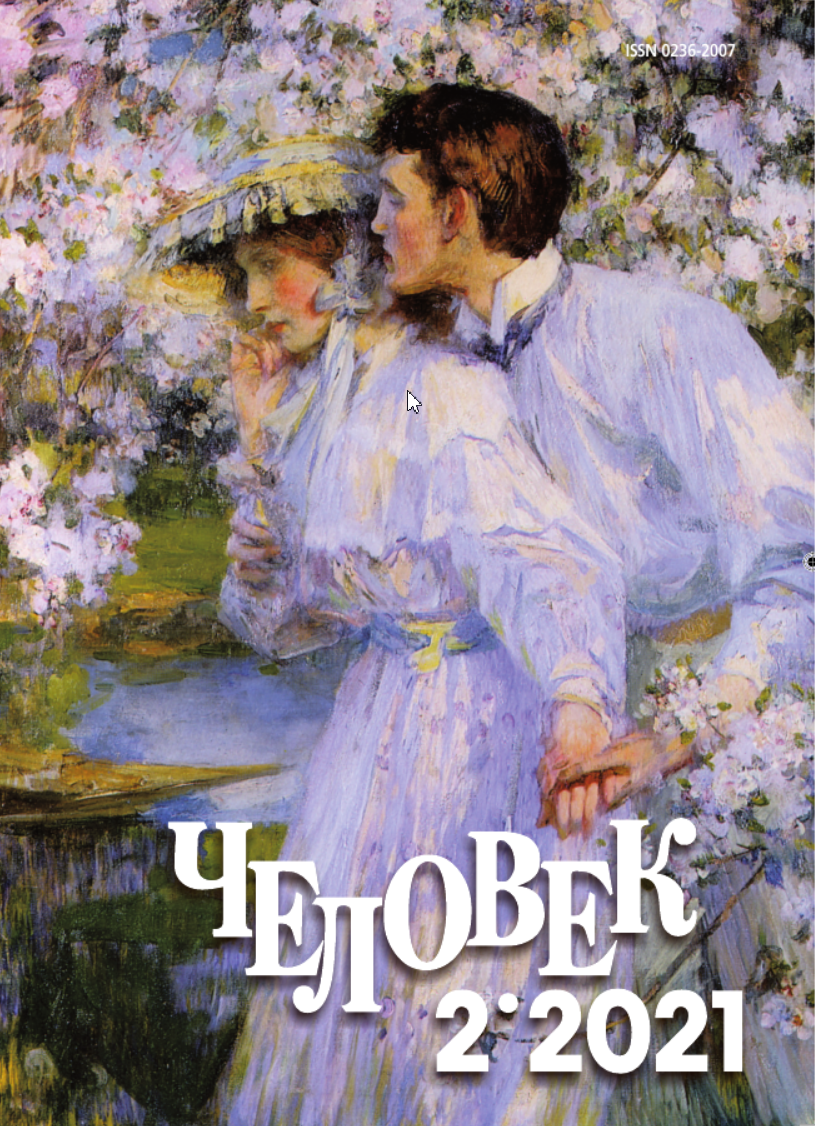Daria Kazarinova-Pylnova: Dividing the Momentary and the Eternal
Keywords:
art, digital art, author, viewerAbstract
Contemporary art has always posed many questions for the viewer regarding form and content, ways of representation and perception. Over the past 150 years, artists have increasingly complicated the task of the viewer - abandoning any rules and laws developed by many generations of their predecessors, proposing new approaches to composition, working with color, transforming the very concept of the work of art. However, until recently, even the most avant-garde paintings and graphics had one key characteristic that united them: they physically existed. Digital art, which has gained more and more popularity in recent years, poses difficult questions for the public. What should be considered as original? What about a work of art that can be reproduced an infinite number of times? How to perceive a picture that does not have the artist's energy, and does not contain a part of his soul? Since 2016 Moscow artist Daria Kazarinova-Pylnova has been working in the touchscreen technique (drawing with fingers on the tablet’s screen) using tools such as Artboard, sketchGuru and similar art applications. Despite the fact that the Russian public is somewhat wary of digital art, the works of Daria Kazarinova-Pylnova enjoy noticeable popularity among the widest audience. The article examines the problems of the existence and perception of digital works of art on the example of her works. The artist's reflections on the role, functions and objectives of art make possible to recognize that the technique of creating a work of art is not a determining factor in its perception.






